
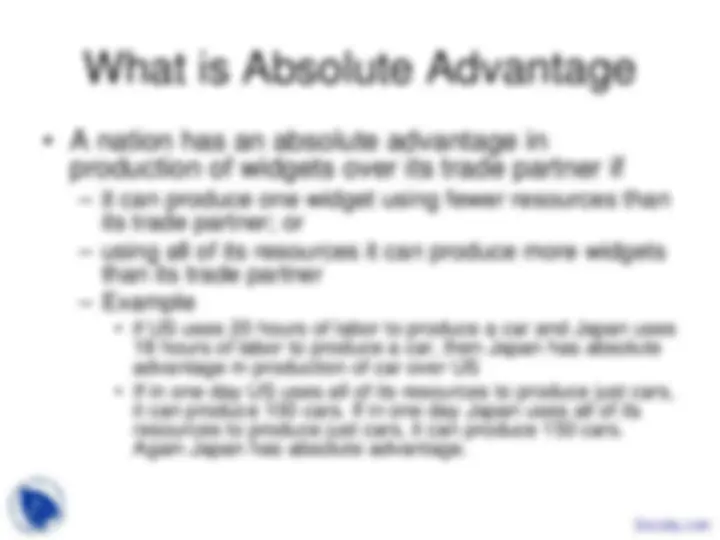
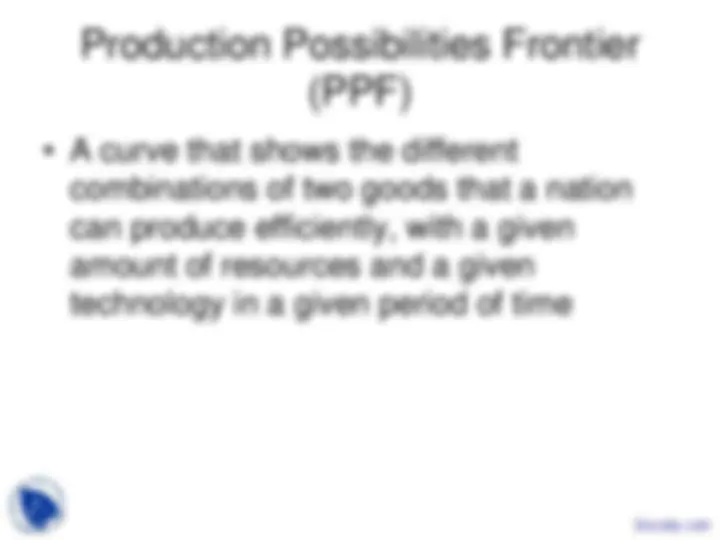
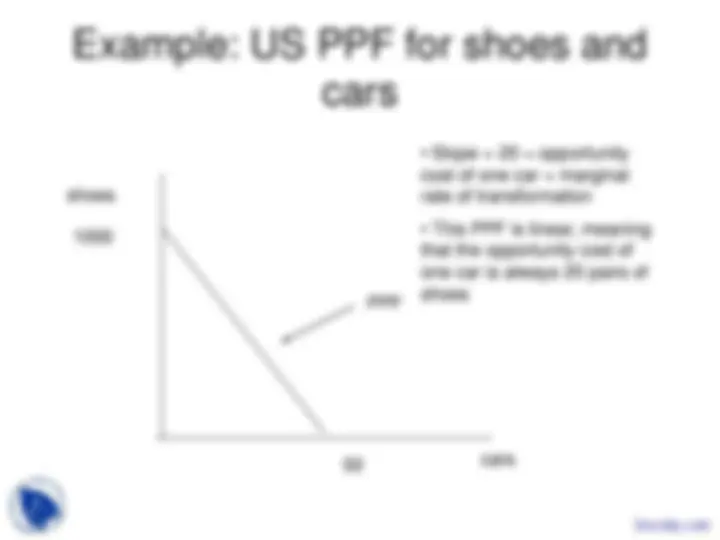
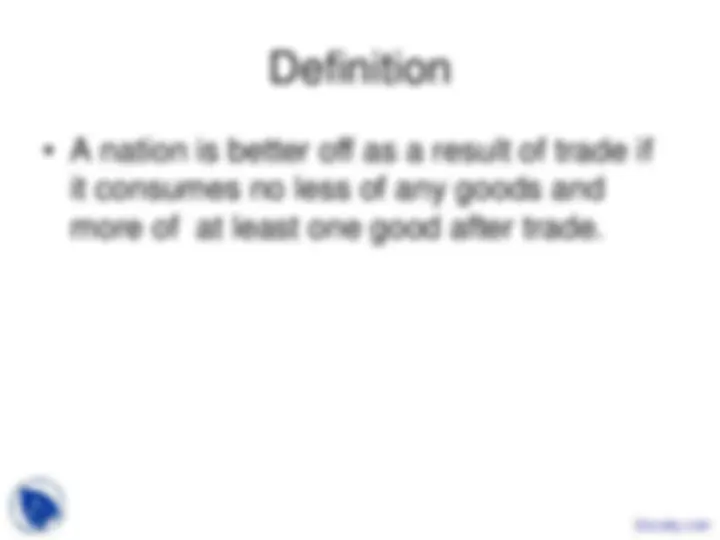
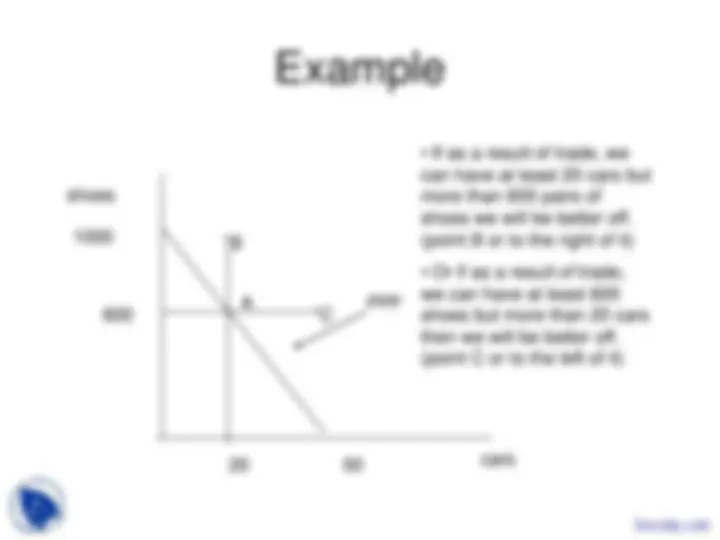
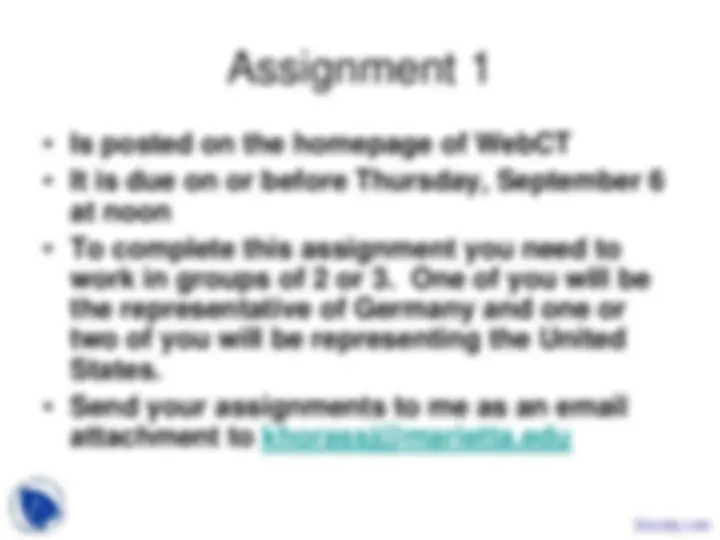


Study with the several resources on Docsity

Earn points by helping other students or get them with a premium plan


Prepare for your exams
Study with the several resources on Docsity

Earn points to download
Earn points by helping other students or get them with a premium plan
Community
Ask the community for help and clear up your study doubts
Discover the best universities in your country according to Docsity users
Free resources
Download our free guides on studying techniques, anxiety management strategies, and thesis advice from Docsity tutors
An introduction to the concepts of absolute and comparative advantage in international trade. It covers the definitions, examples, and implications of these economic concepts. Students are expected to understand the similarities and differences between international and interregional trade, as well as the concepts of mercantilism, adam smith, and david ricardo. The document also includes an assignment for students to work in groups and apply these concepts.
Typology: Slides
1 / 10

This page cannot be seen from the preview
Don't miss anything!







Production Possibilities Frontier
(PPF)
Example: US PPF for shoes and
cars
cars
shoes
1000